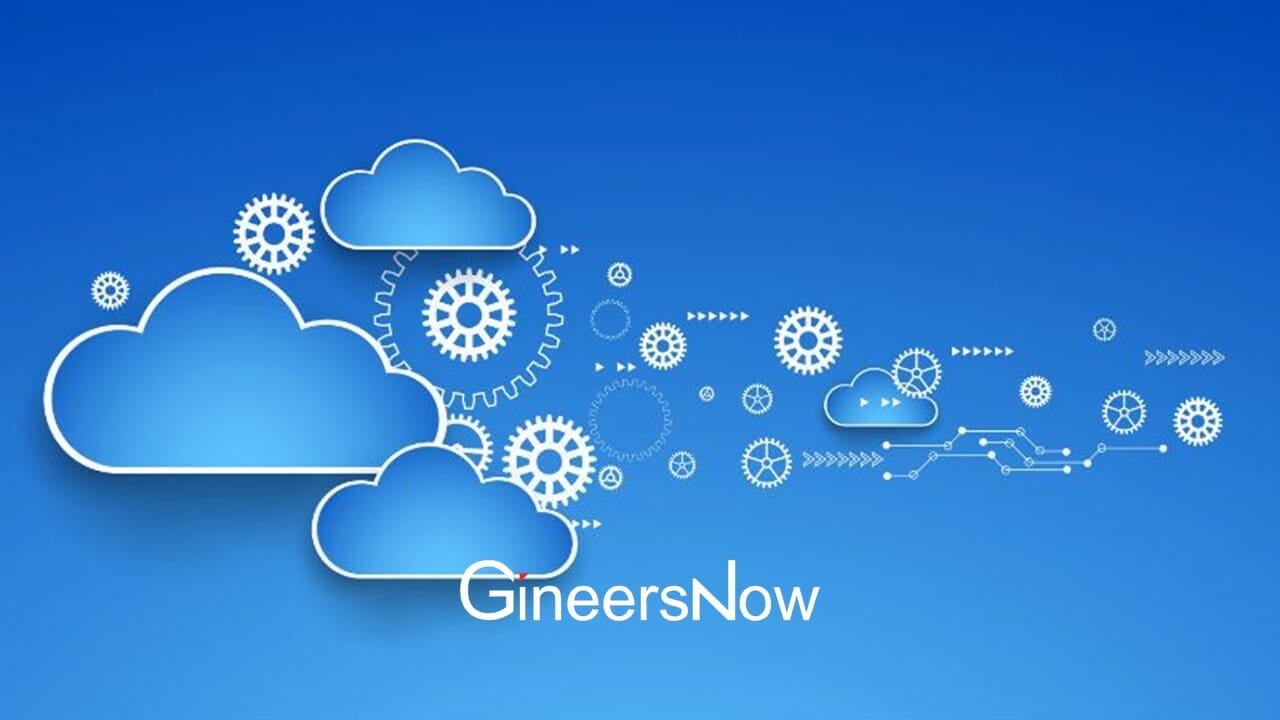Many educational institutions are reluctant when it comes to implementing advanced technologies into teaching students. It’s understandable; most people don’t like change, especially so rapid and dramatic. However, integration of technology is inevitable, and frankly speaking, it can help the education sector a lot.
From assignment services to Artificial Intelligence (AI), machines assist by saving time, making clear analysis, and automating many tasks, including college papers assigned by professors and teachers.
Here, we’ll review the main role, use, and benefits of machine learning and tech in general for education.
How Machine Learning and Advanced Tech Help Education
There are 7 main uses and benefits of implementing technology into the teaching and learning processes.
1. Teacher Support
First of all, teachers get a massive volume of advantages. Machine learning includes constant data mining, which can help with evaluating students. Teachers can access their students’ files with just a couple of clicks, saving hours of going through papers and grade books.
Everything from psychological profiles to the latest grades can be found in one database. It gives a clear understanding of every student, which encourages an individual approach.
It’s easy to see where the weak points are, and where the student needs more lessons and practice. Teachers can also analyze performance and see the talents and skills of every member of the group. This helps with uniting different students in teams to work on projects. The results are grade improving and letting them develop skills they are predisposed to.
2. Testing Students
Machine learning can make tests the most favorite part of education for students. Standard testing can’t really assess the real knowledge of a student. Everyone is different. Some people just don’t perceive tests, others are anxious about every test, while others learn everything by the book and write answers almost automatically. Frequently, students need machine learning homework help, and they can easily get it on AssignmentCore from real experts.
A test with AI assistance will give much better insight into the student’s knowledge. It analyzes the way he or she answers and provides valuable feedback to them, teachers, and parents. This approach makes it easier to find out the means of support every student needs, the weak points in their education, and what can be done to achieve the educational goals of every individual.

3. Learning More About Students’ Skills and Predicting Their Performance
The machine literally learns a lot about every student, analyzing their data, test results, overall performance, psychological traits, etc. It becomes easier to approach everyone and predict their performance. Due to the easy weakness detection, teachers can find out who needs additional practice tests for a certain discipline.
Nowadays, it’s clear that a lot of schools have problems with individual approaches. The lessons and homework are the same for all students. For some, it’s OK, while for others the pace may be too fast or too slow.
By learning about the needs of people who learn at your educational institution, you get an opportunity to give them proper knowledge and adjust to their paces. This leads to few anxiety cases and more fun during learning, which is more important than many people think.
4. Proper Learning Material Organization
Analyzing thousands of files, machines can logically systemize material, finding the perfect ways of introducing students to new topics. While teachers’ expertise is very, very important, oftentimes, tech eliminates the human factor and simple illogical errors that may affect the future learning process.
Thus, every simpler topic will be followed by a more difficult one, and every basic skill will be topped with its upgraded version. Students will learn everything gradually and perform much better during tests.
5. Fair Student Evaluation
Unfortunately, biases are a common obstacle for certain students. Many teachers have their favorites, which isn’t a proper way of evaluation. A machine doesn’t have a bias, which makes it easier to grade, resulting in fair marks for everyone.
Writing assessment, for example, can be done now with AI, and many schools already implement the technology. However, more tools are entering the league, like Grammarly and HemingwayApp.
Fair grades can go much further than the reputation of a student upon graduation. They are young people, and any trauma like a teacher grading their work poorly just because they don’t like them can affect their trust in people and make them feel not worthy.
6. Proper Grouping of Teachers and Students
By the same means of analysis, machine learning allows the grouping of teachers and students properly. It’s not only about traits of character but also availability and educational needs. Such an easy step can improve the learning process by much, providing astonishing results and avoiding conflicts.
7. More Opportunities for Customized Learning
Students with special needs often find it difficult to learn with everyone else. However, it’s a factor that will influence their future lives. By being around different people, they feel like a part of the team, which is something that should be promoted in schools.
However, again, the same learning pace may be the best for one individual and complete hell for the other. To make sure you include everyone equally in the process, machine learning is vital. Teachers see the data about the student and can provide additional assistance without parents coming to the school and asking for it.
Implementing technology in education is a crucial process for the development of new, more inclusive learning strategies. Start teacher training as soon as possible to ensure their expertise in the future.












